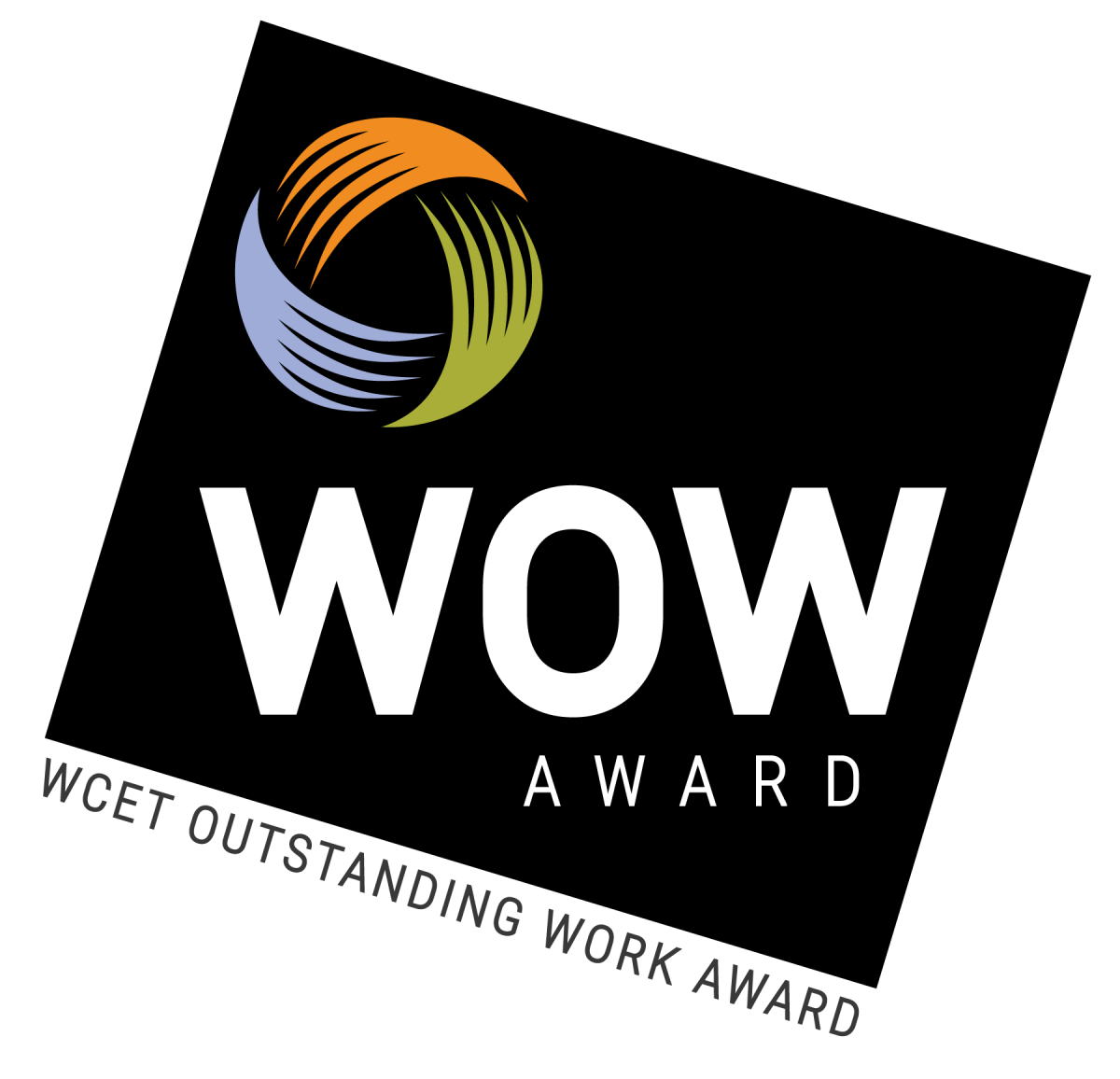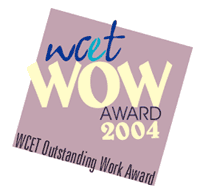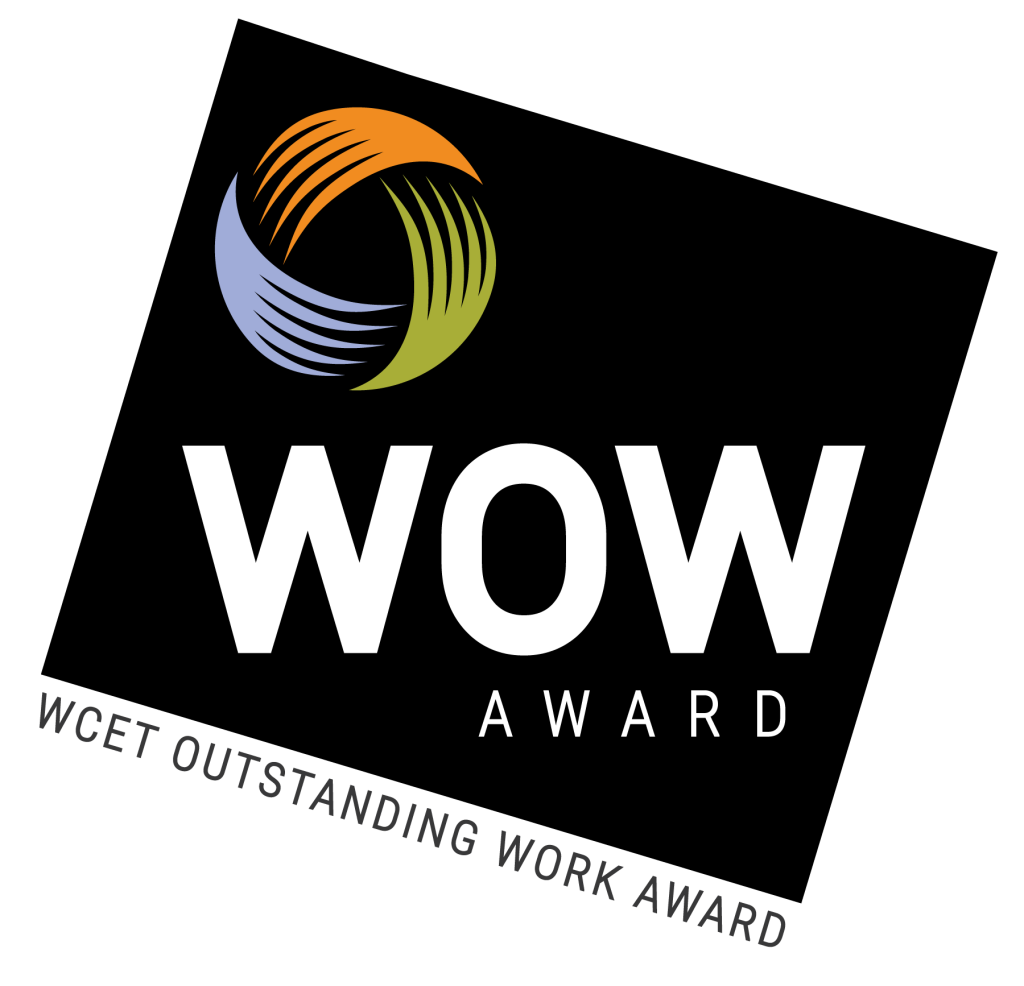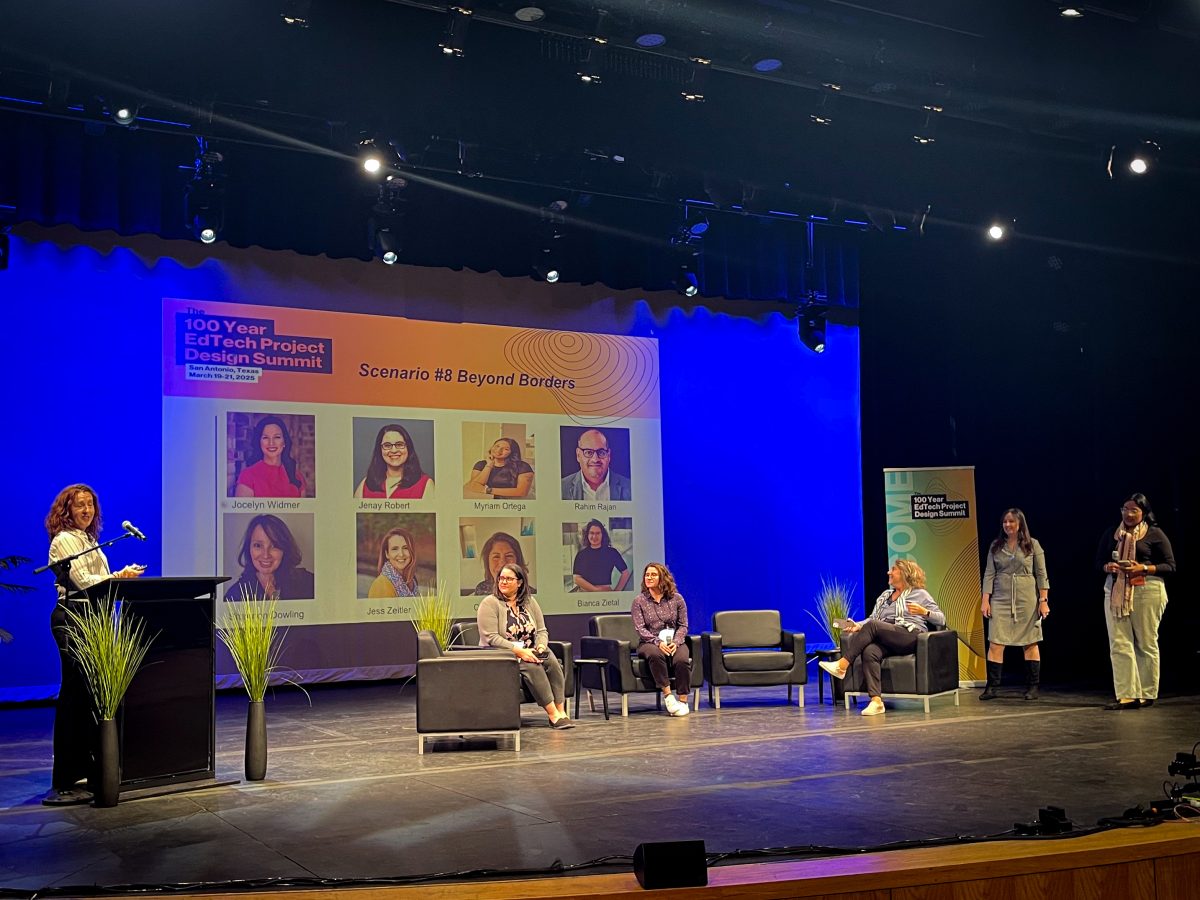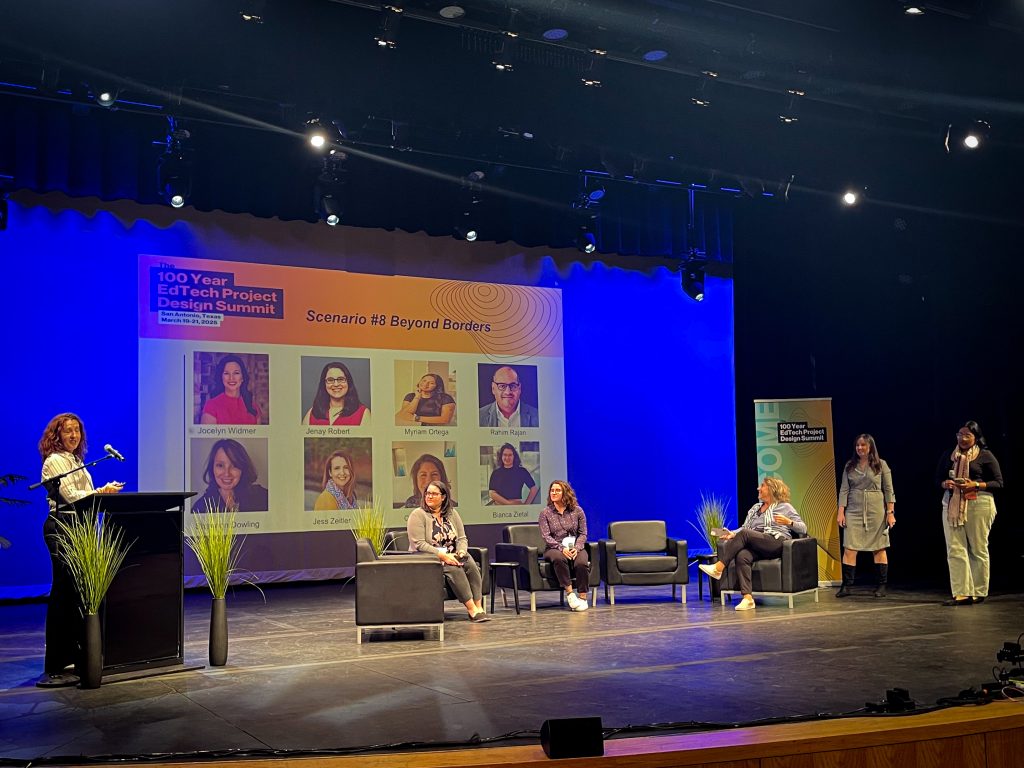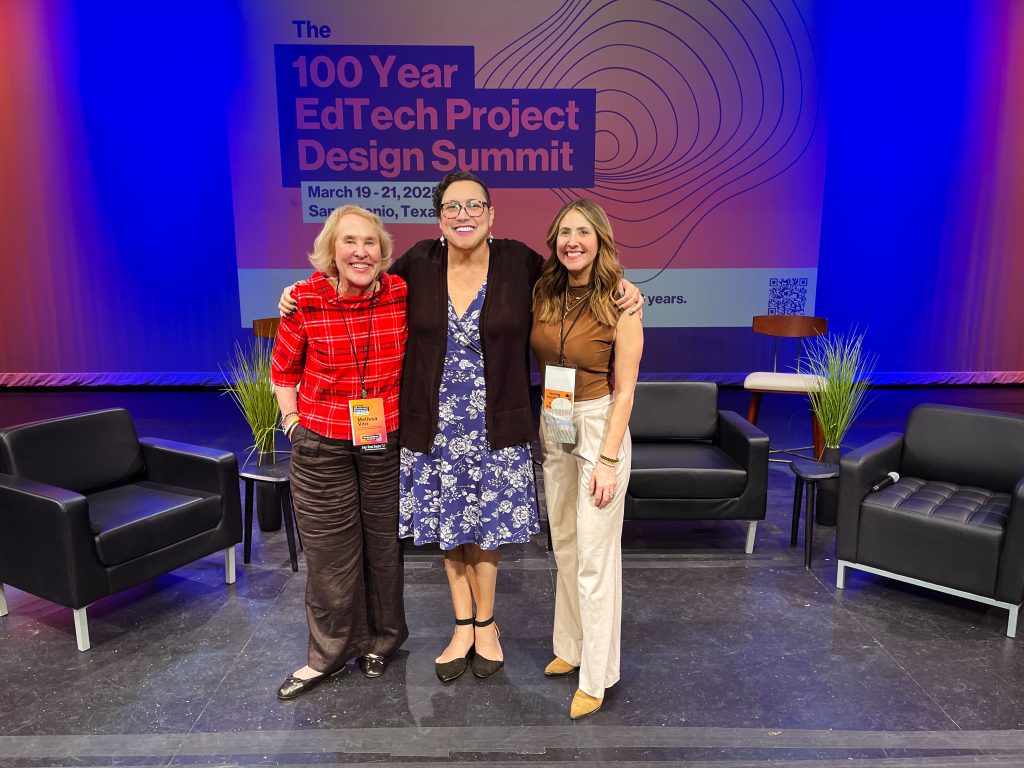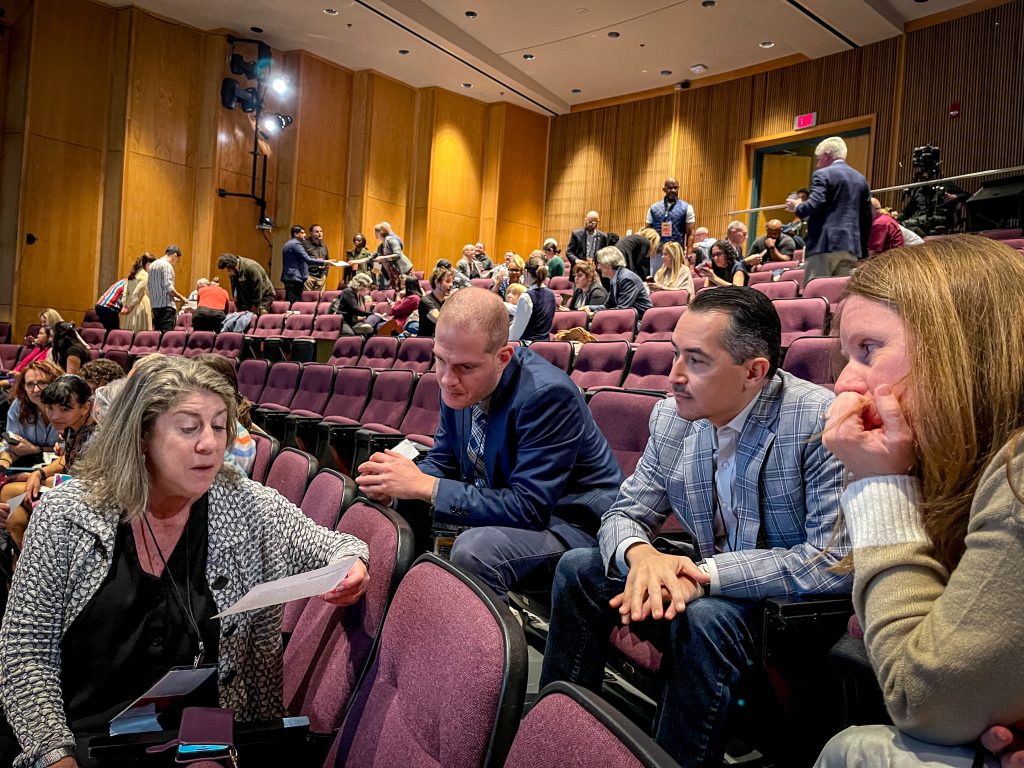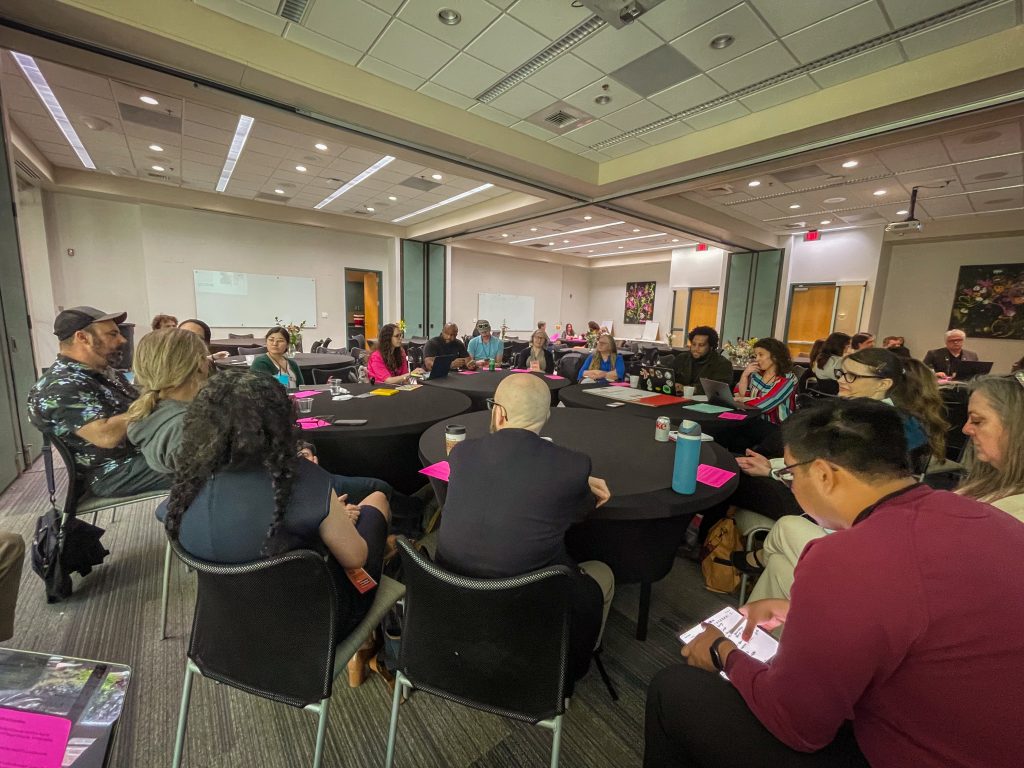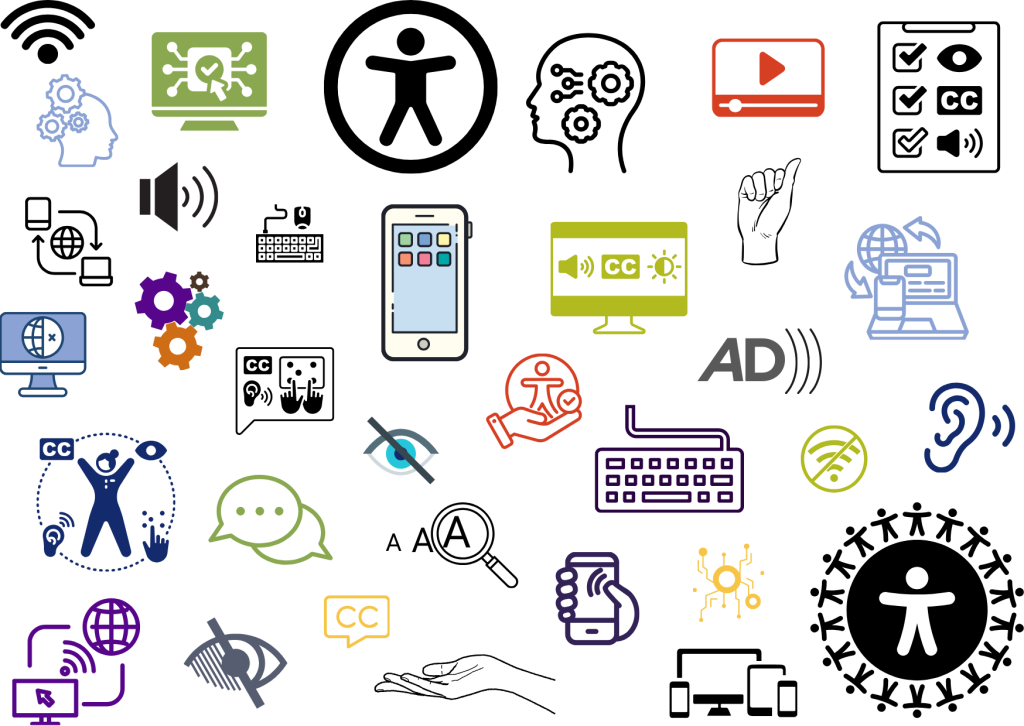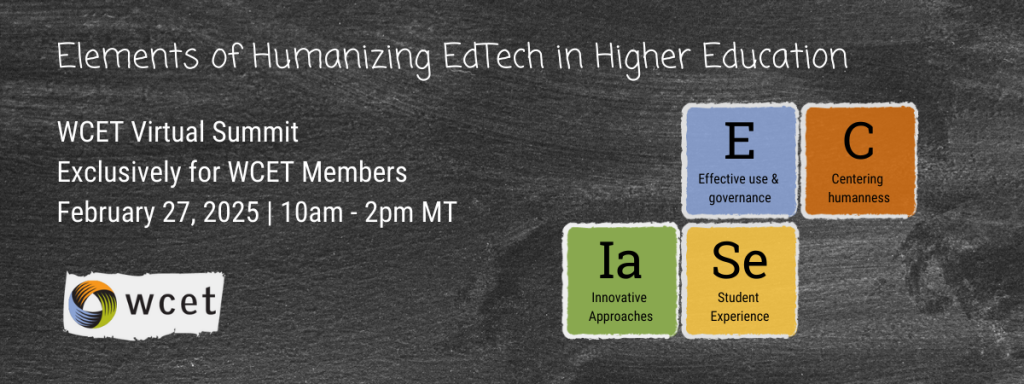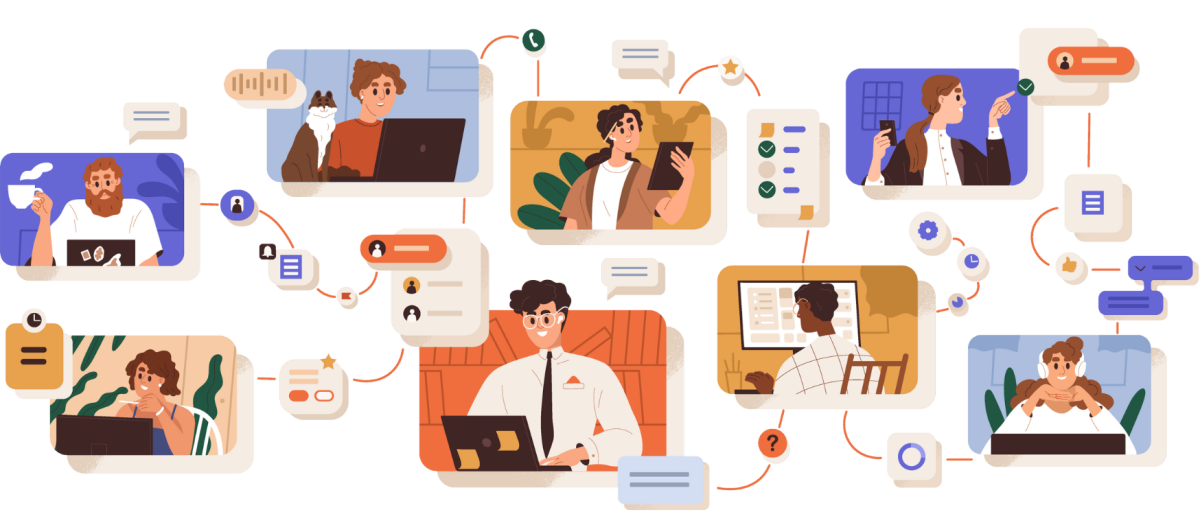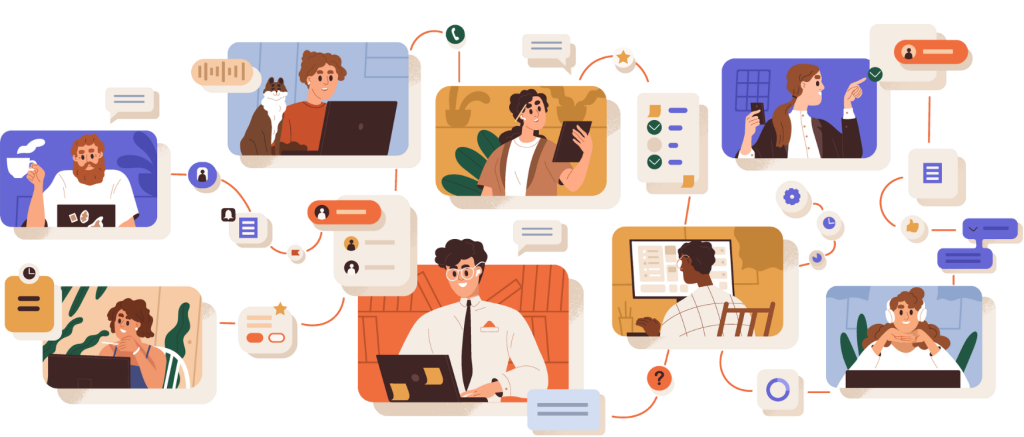When institutions come together with a shared vision, remarkable things can happen—especially in online education. This week on Frontiers, WCET Steering Committee member Theresa Umscheid, Executive Director of the Iowa Community College Online Consortium (ICCOC), shares how a commitment to equity, consistency, and student success guides the ICCOC’s approach to course sharing.
In her post, Theresa outlines how the ICCOC’s well-structured framework ensures high-quality online learning across partner colleges. This model demonstrates the strength of coordinated effort and shared responsibility in expanding online access while maintaining academic excellence.
We hope this look at the ICCOC inspires new ideas for collaboration at your institution!
Enjoy the read,
Lindsey Downs, WCET
The Iowa Community College Online Consortium (ICCOC) began online course sharing in 2000 to meet the needs of community colleges in Iowa. With limited resources and low online enrollments, a shared approach was the best solution. After twenty-five years, the ICCOC continues to grow each year, and course sharing still meets the needs of its partner institutions.

The ICCOC ensures equitable access to online learning for students across its partner institutions through thoughtful policies and a well-orchestrated framework that balances academic consistency, institutional equity, and student-centered support.
One of the key components guiding course sharing is the Shared eCourse Distribution Matrix which is maintained by the ICCOC. This matrix ensures that all Tier 1 colleges have equitable opportunities to teach shared courses. It operates on a system of “first rights” and “subsequent rights,” where the college at the top of the matrix gets the initial opportunity to offer a course, followed by others in the sequence when needed. This system helps balance teaching load and credit hour distribution across member institutions. The Distribution Matrix is evaluated annually to maintain fairness among the colleges.
The partner college with “first rights,” teaching the first section of a course in the 16 week shared term, plays a significant role in setting the academic standard. It determines the required textbooks and materials for all instructors teaching a section of that course across the member institutions. This helps maintain a consistent learning experience with common learning outcomes. Iowa has a common course numbering system across all 15 community colleges, which helps with consistency and better transferability to 4-year institutions.
Standardization for Seamless Student Experience
To create a uniform learning experience, shared online courses follow standardized term lengths and common start and end dates, which is determined by the ICCOC Oversight Committee. Courses are offered in various formats, including 16-week, 12-week, 8-week (first or second half of the 16 week term), and even 4-week terms over the summer and winter breaks.
The ICCOC’s Manager of Academic Scheduling plays a critical role in setting up course shells and enrolling instructors to assist colleges and track enrollments and the need for additional shared course sections. The ICCOC caps their course sections at 28 enrollments for all shared classes.
Although the ICCOC began by offering Shared Online courses, they added Restricted Online classes, fully online classes with students and instructors all from the same college, once enrollments increased and classes were filling with multiple sections needed.

Instructors teaching ICCOC shared courses are hired by the partner colleges, therefore, the ICCOC relies on the colleges to ensure each instructor meets the state and accrediting agency’s requirements for teaching at the community college level. Students enroll for all of their online classes at their home college, which is the college of record for academic transcripts, state reporting, and financial aid. This setup allows for a seamless academic experience where students receive advising, financial aid, and other services directly from their primary institution.
The ICCOC’s Associate Director helps coordinate communication with online students, especially those flagged as at-risk, ensuring timely intervention and support. She works closely with each partner college’s student support departments to ensure student success. Additionally, all syllabi are managed using Simple Syllabus, a tool that standardizes key course components while allowing instructors to personalize specific areas. This balance ensures institutional requirements are met while preserving academic freedom within guidelines.
In addition, the ICCOC provides a robust suite of free student support services, including online tutoring, 24/7 Help Desk, library resources, plagiarism detection tools, and remote proctoring.
ICCOC’s Coordinator of Online Resources provides textbook coordination for shared classes across all partner colleges and sets up all all-inclusive materials in our common VitalSource instance and tracks usage and billing to ensure deadlines and communications flow smoothly between colleges.
A Model of Collaborative Online Education
The ICCOC’s course sharing system reflects a thoughtful balance between institutional fairness, academic consistency, and student support. By maintaining a robust Distribution Matrix, standardized course formats, and shared resources, the ICCOC empowers its partner colleges to expand online access without compromising quality.
This collaborative approach is a strong example of how multiple institutions can work together to serve students better—proving that in education, sharing isn’t just about access, but about shared responsibility and collective excellence.
This post was written by Theresa Umscheid, Iowa Community College Online Consortium




